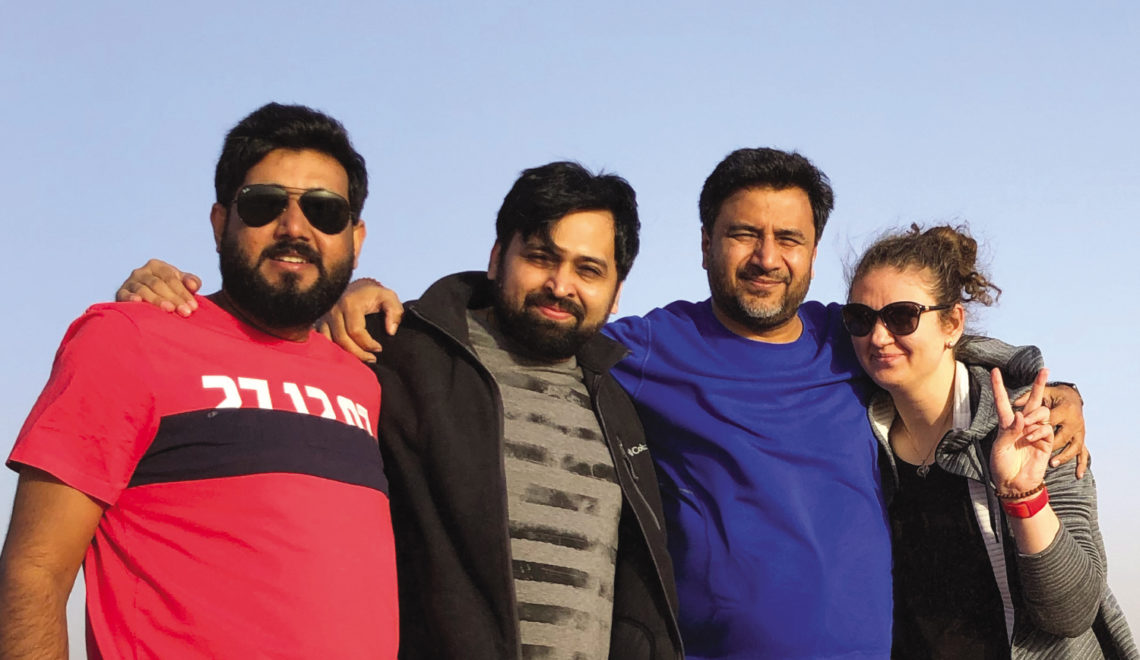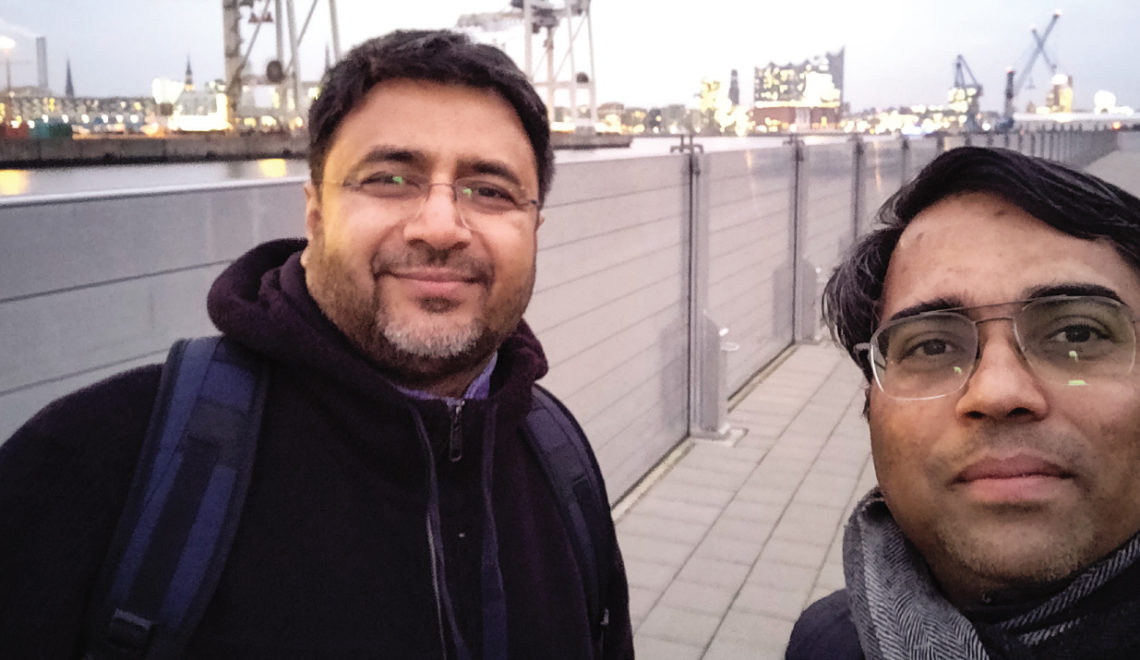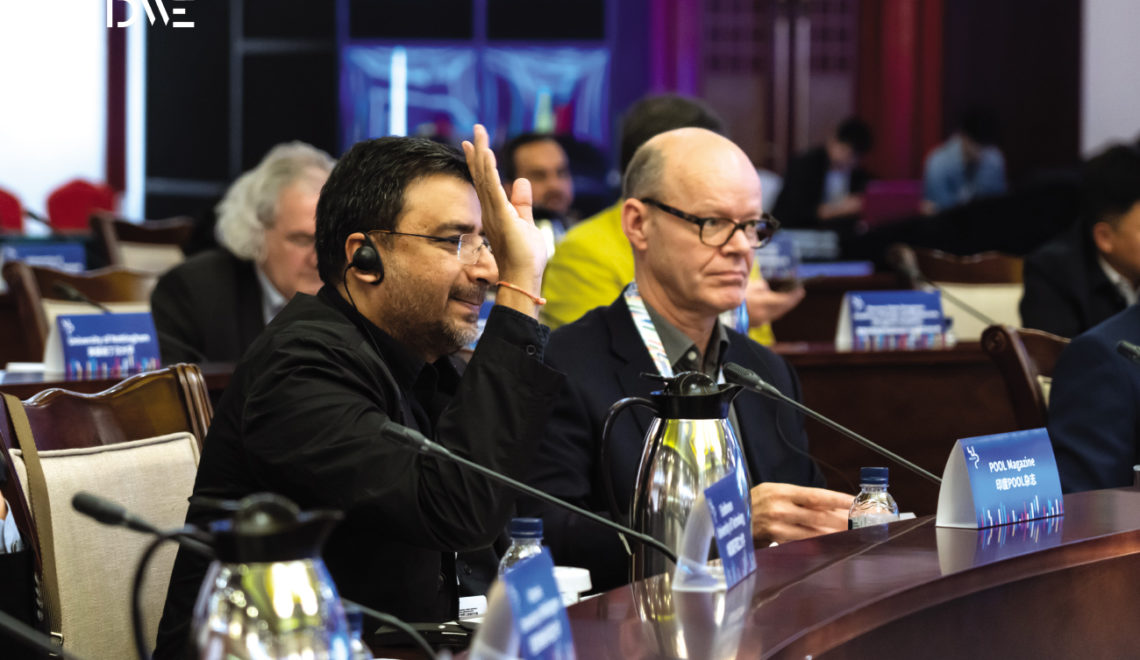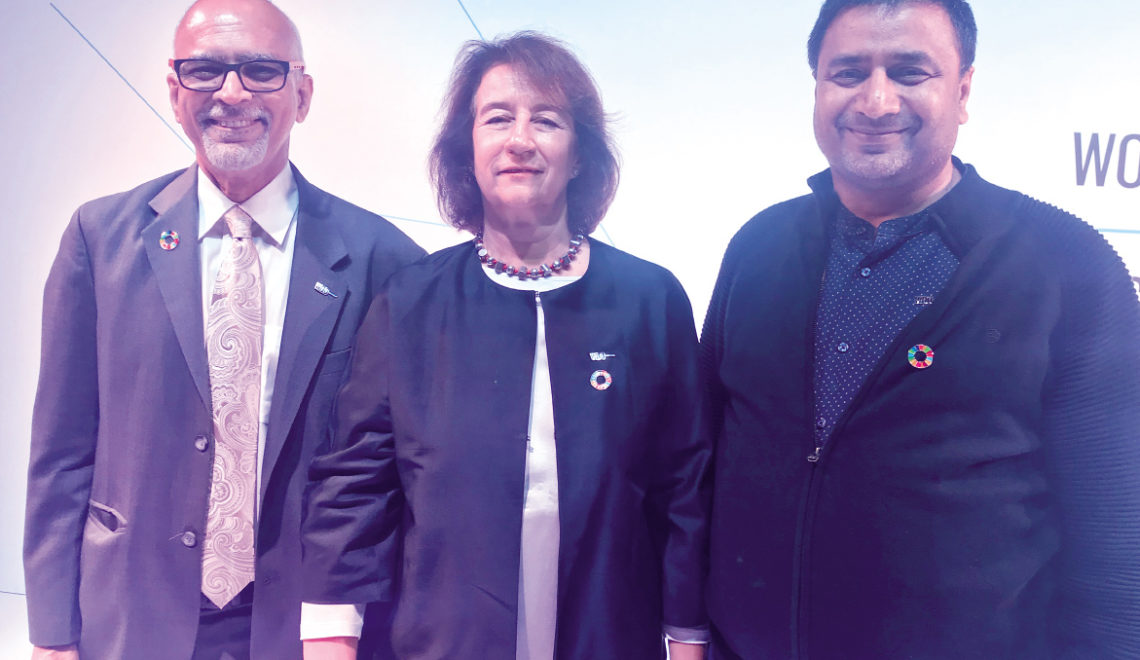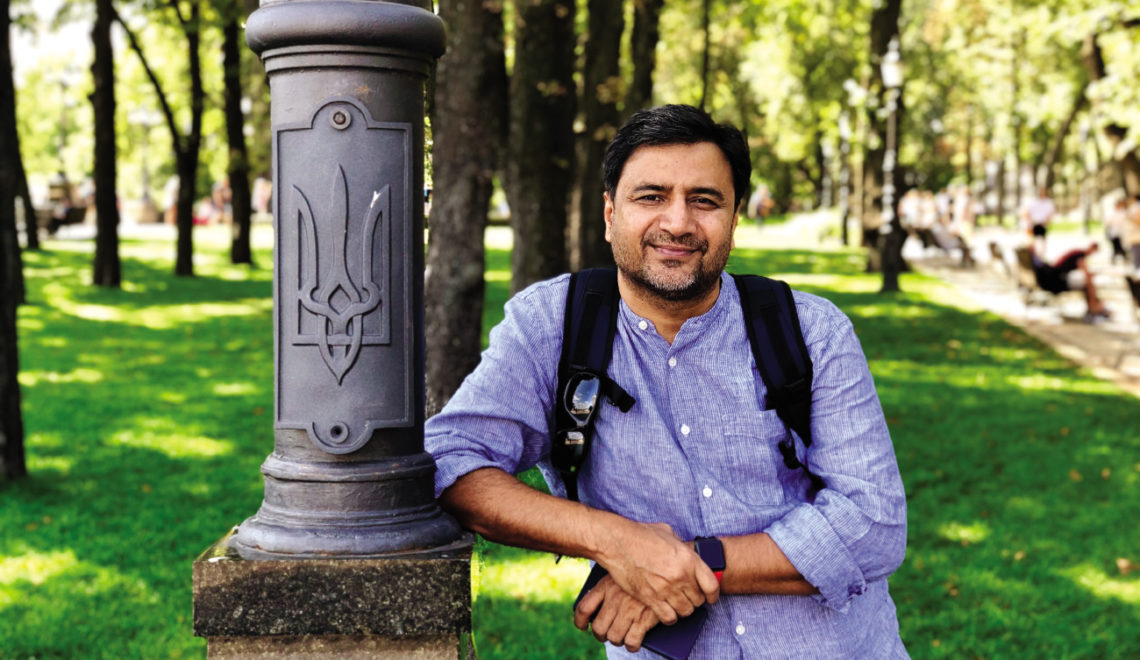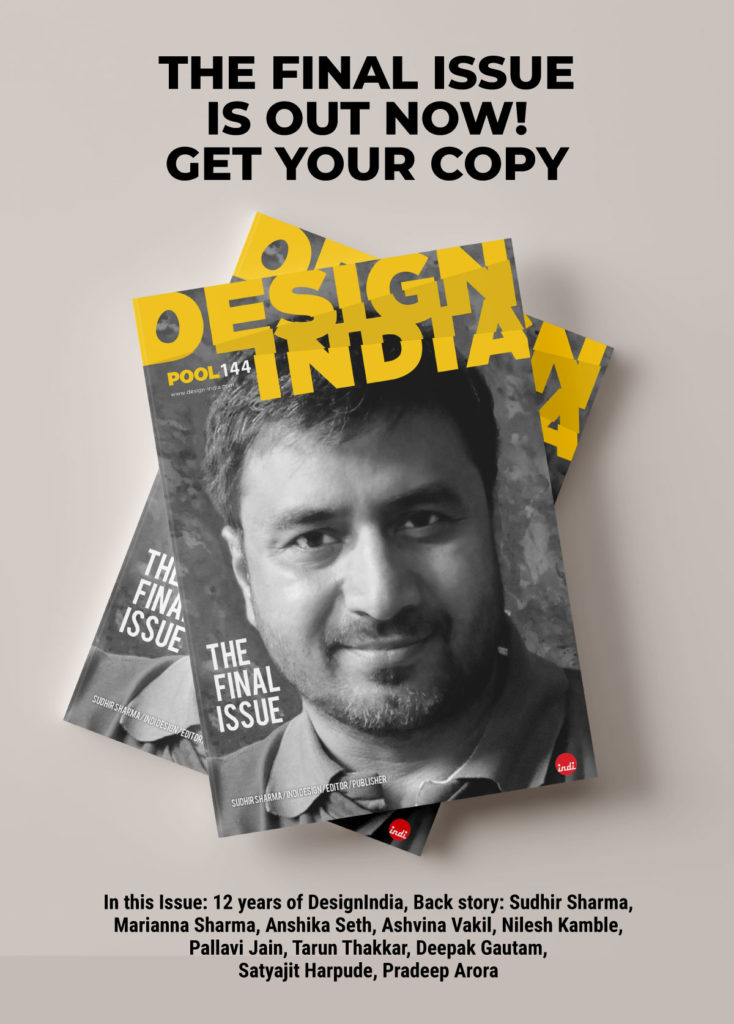Transferable Value of Design
Design as an industry becomes valid only when the designers and studios start building value that is transferable and scalable. A freelance designer could be very talented and may do fantastic work, but that kind of work will not continue in his/her absence.
Continue reading
